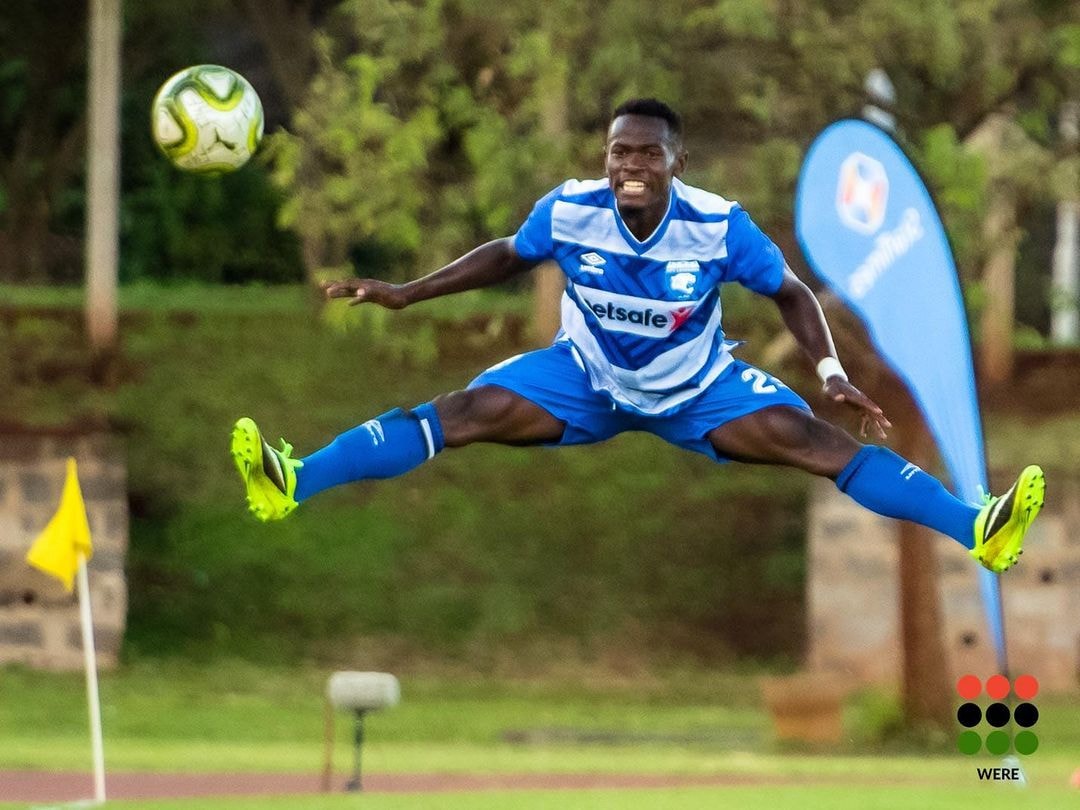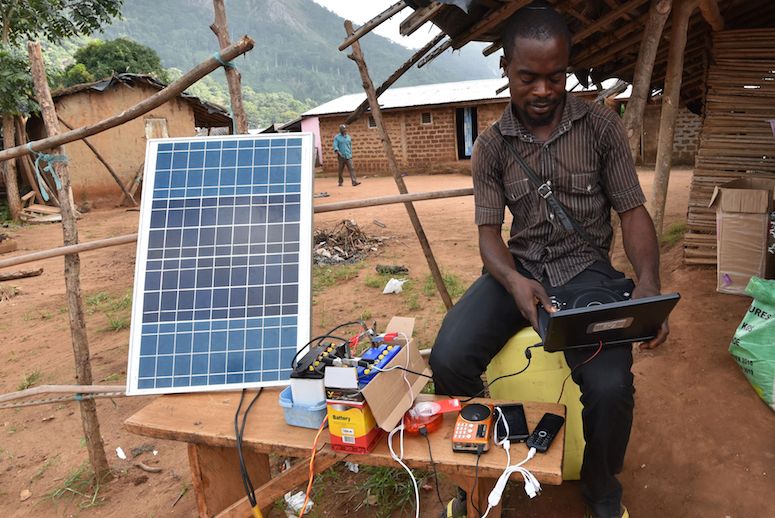FALSE: Photo does not show the drought situation in Embolioi, Kajiado County, in October 2022
Media has a significant impact on how social and cultural norms relating to women and to gender form
and evolve. At the same time, women’s image and the role that women play in the media are heavily
influenced by existing social and cultural norms.
While women and young girls represent more than half of the population in Africa, women and young
girls have continually been underrepresented and misrepresented through negative portrayal by
existing media spaces both online and offline, news media and entertainment. Voices of many women in
Africa are not heard, well amplified and they are likely to be portrayed in a stereotypical manner and are
less likely to hold influential positions within the news rooms, media and ICT.
Media plays a critical role in changing attitudes and the perception of communities about girls and
women, informing policies and influencing decisions as well as political opinions across the continent.
There continues to be an urgent need to engage and strengthen the capacity of journalists and
newsrooms alike to the sensitivity of reporting on gender issues and portrayal of girls and women in the
media space. In the past decade, only a handful of media agencies have shown interest in fairly
portraying women and girls and giving them opportunities to publish their stories. With a rapidly
changing and growing landscape across the continent, there is a need for more engagements and
provisions of capacity support to newsrooms and journalists to portray women and girls in a positive
light.
Esha Mohammed is a human rights defender based in Mombasa Kenya and notes that unrealistic
expectations from media owners and editors continue to hurt Girls and Women in the media industry.
“Many young women journalists have been forced to change their skin color in order to appear ‘lighter/
whiter’ in order to get opportunities as TV hosts which inhumanely degrades them in order to match the
‘beauty’ standards set by the media space.” Discrimination based on looks within newsrooms continues
to discourage many girls and women from pursuing careers in journalism with key industry players
having unrealistic demands from young women and girls lowering their self esteem negatively affecting
the portrayal of women within the newsrooms and the entire media industry. This has led to a mass
exodus from on screen presentation by many women most preferring taking up editorial and print roles
due to unrealistic pressures mounted on them by the news industry and the society at large.
Mainstreaming of gender and setting effective policies around involvement of women and girls in
content creation, dissemination and leadership is direly needed to address misrepresentation and
negative portrayal in the media space. Governments and other stakeholders need to commit to
empower and invest in women and girls through public and community media to enable them to create
content that is relevant to them in their own languages and that will respond to local information needs
whilst influencing knowledge of women’s rights and decision making. As women and girls produce
content this will give them active voices and roles in the process hence dictating their own portrayal
within the media space.
Paul Kabali a journalist with Mama FM based in Kampala Uganda notes that there is a need for media
training institutions and universities to include a unit in gender-sensitive reporting as part of their
curriculum offered to journalism students. “There is a big gap in the training of upcoming journalists to
effectively and sensitively report on gender issues,” adds Paul. Ensuring that gender is mainstreamed in
all publicly funded media training institutions, and encouraging privately funded media training
institutions to follow suit. There is also need to take a fresh look at training curricula by mainstreaming
gender in journalism communication and media studies curricula and teaching. Improve enrolment of
women in media training institutions in particular for programs that are usually stereotyped such as
sports, politics and economy reporting. Equality in offering media training opportunities for women and
girls will improve the general portrayal of women and girls over time due to influx of decisive women in
the newsroom changing the narrative while also creating a conducive environment for young girls to
work and deliver effectively. Establishing quotas on the participation of women in the media industry
that will increase the number of women in the media, including in leadership and decision-making roles
and as media owners.
The need for psycho-social support for women journalists was also cited as a missing link to the positive
and fair portrayal of women and girls with many female journalists citing lack of psycho-social support as
a major stumbling block in their journalistic work. Women continue to enjoy less access to information
communication technologies and the violence that women face offline is extending to online spheres
hence demoralizing female journalists and jeopardizing their mental health. Cyberbullying targeting
women from all walks of life has been increasing rampantly primarily due to gender stereotyping and
toxic masculinity within the digital spaces. This leaves women and girls at mercies of online bullies who
target their careers, bodies and every aspect of their daily lives to create disharmony whilst portraying
women and girls in a negative light. Media outlets should outrightly put-up mechanisms protecting their
female journalists from such targeted cyberbullying to ensure conducive working environment devoid of
mental health issues due to online or offline bullying.
Stereotypes and sexist representation affect women as citizens and violate their human rights. Women’s
professional presence in media industries has given rise to improved and equitable representations of
women and girls. Women’s status within the industry has progressed, but changes have been slow and
uneven across countries, and are now being threatened by prevailing conditions of austerity and media
concentration. The paramount importance of developing collaboration among media organizations,
states, professional organizations and civil society. Alliances, networks and collaborative ways of tackling
inequity and stereotyping can complement each other and mutually strengthen work in the area. In this
regard, the Horn of Africa Youth Network has officially launched the #SheBoldlySpeaks campaign which
seeks to improve the portrayal of women and girls within the media space across Africa.
By : Muteti Daniel Jnr.







